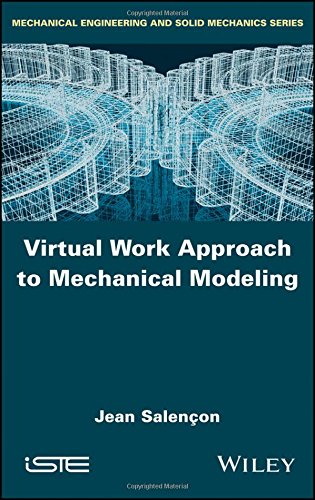

Most ebook files are in PDF format, so you can easily read them using various software such as Foxit Reader or directly on the Google Chrome browser.
Some ebook files are released by publishers in other formats such as .awz, .mobi, .epub, .fb2, etc. You may need to install specific software to read these formats on mobile/PC, such as Calibre.
Please read the tutorial at this link: https://ebookbell.com/faq
We offer FREE conversion to the popular formats you request; however, this may take some time. Therefore, right after payment, please email us, and we will try to provide the service as quickly as possible.
For some exceptional file formats or broken links (if any), please refrain from opening any disputes. Instead, email us first, and we will try to assist within a maximum of 6 hours.
EbookBell Team

4.7
106 reviewsThis book is centred about the Principle of virtual work and the related method for mechanical modelling. It aims at showing and enhancing the polyvalence and versatility of the virtual work approach in the mechanical modelling process. The virtual work statement is set as the principle at the root of a force modelling method that can be implemented on any geometrical description. After experimentally induced hypotheses have been made on the geometrical parameters that describe the concerned system and subsystems, the method provides a unifying framework for building up consistently associated force models where external and internal forces are introduced through their virtual rates of work. Systems described as three-dimensional, curvilinear or planar continua are considered: force models are established with the corresponding equations of motion; the validation process points out that enlarging the domain of relevance of the model for practical applications calls for an enrichment of the geometrical description that takes into account the underlying microstructure.